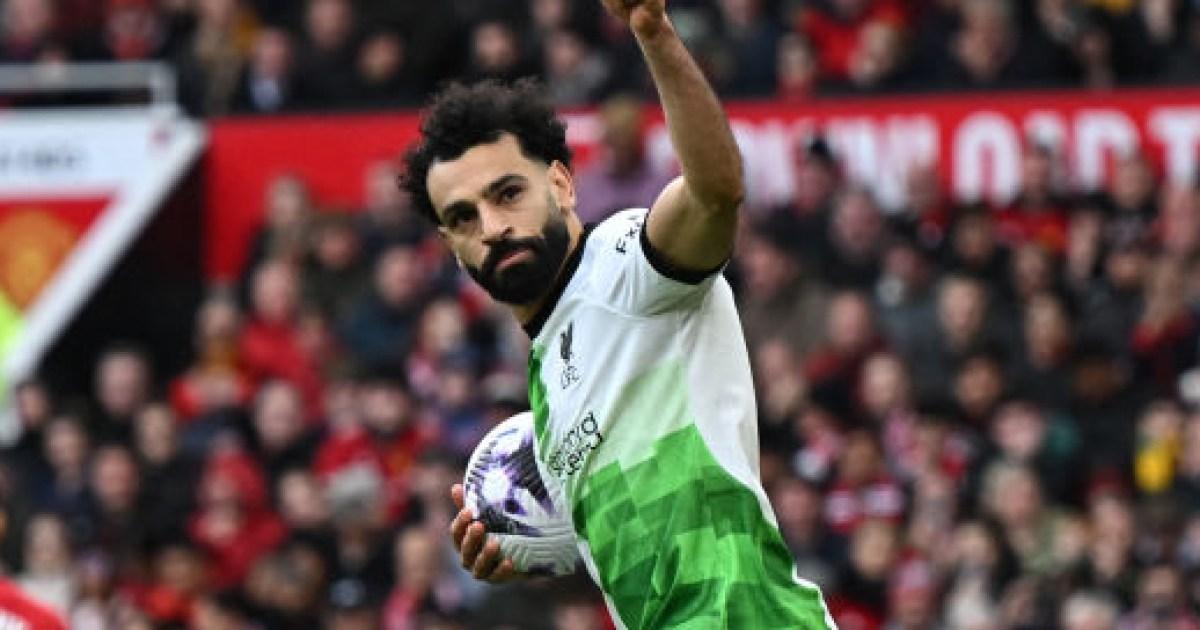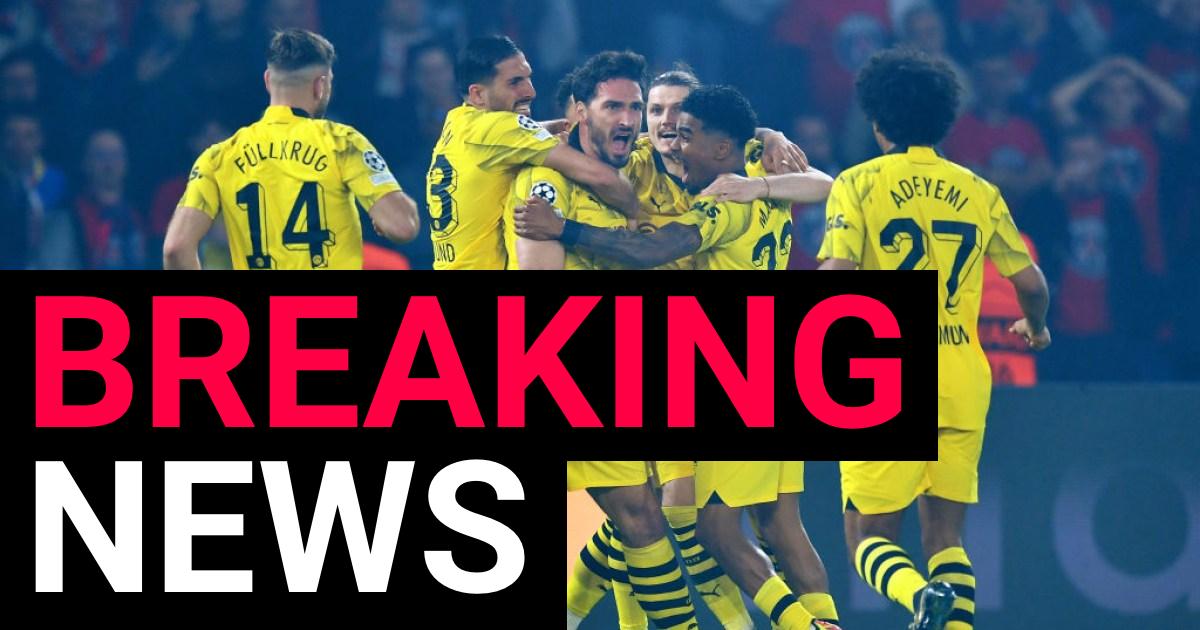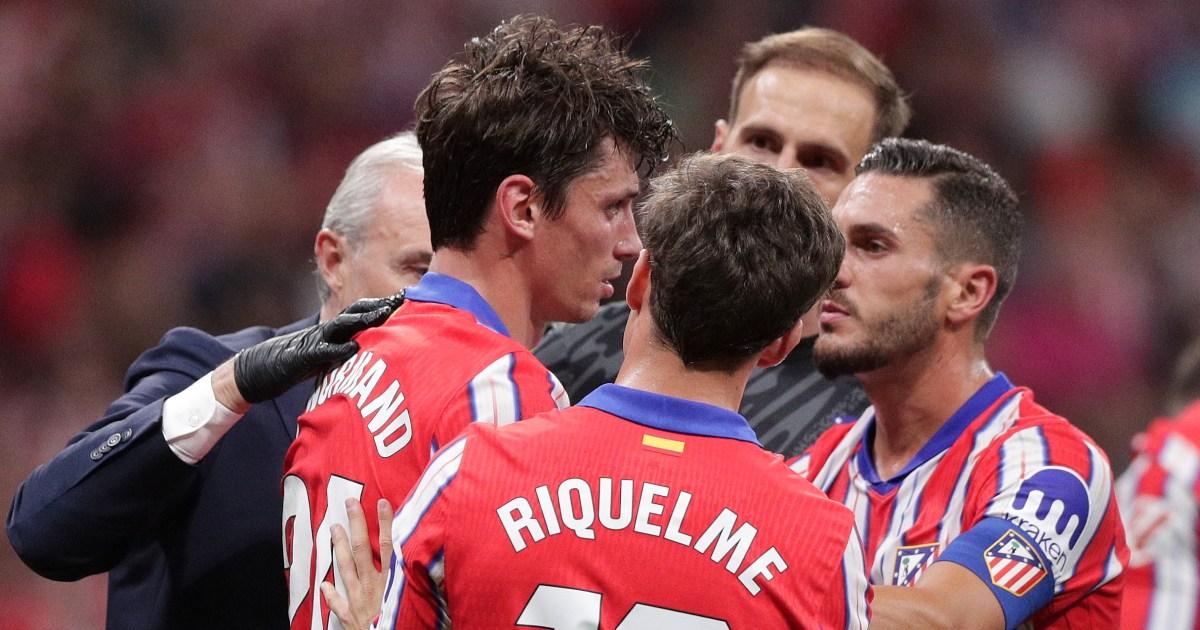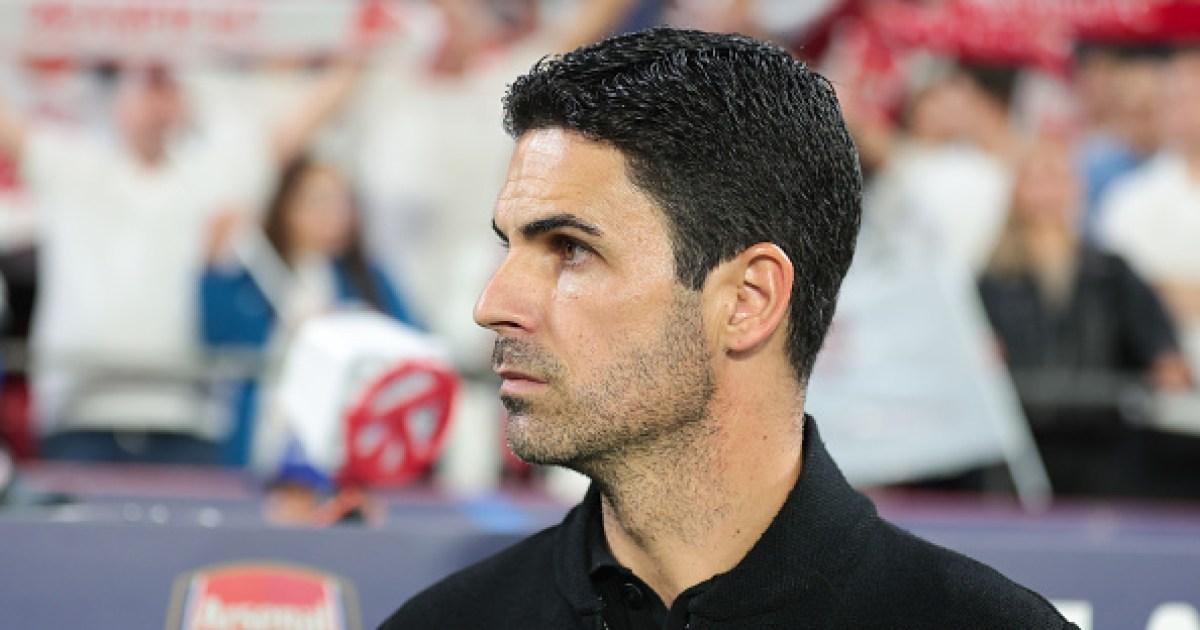There are weeks when the art of selection becomes more about psychology than anything else. Put the data to one side for a second and consider the players the opposition would least fancy facing. How can you make your own team feel more optimistic and less weighed down by negativity? And, in doing so, send an extra frisson of excitement down the spines of your own fans when they see the team sheet?
So let’s huddle up tight and, ahead of the penultimate weekend of this Six Nations, consider what a down-at-heel England should do next. Their final two games are against Ireland and France and, even allowing for the problems in the French camp, the time has come to change the mood music at Twickenham. Simply sticking to what they have done so far is not going to be enough.
Good riddance, then, to defeatism. Enough already of the downbeat predications and the wince-inducing bookmakers’ odds. Forget about Scotland, the disappointment of Murrayfield and unbeaten Ireland’s lofty reputation. All that matters – right here, right now – is the next challenge for Steve Borthwick and his team. And, ideally, giving a slightly apprehensive Twickenham its collective voice back.
Let’s start with the blindingly obvious. Perhaps the most frustrating aspect of English rugby – and, yes, it remains a crowded field – is the inability to stitch together a more uplifting whole from the various available parts. Sometimes you wonder what might happen if minds were somehow less cluttered and every match was treated like a sudden-death occasion. Perform now or forever hold your peace.
So who would you pick to scrummage for your life this weekend? For England, for now the answer is still Joe Marler and Dan Cole, with Jamie George completing the front row. Everything flows from there and no one is remotely suggesting the experienced trio cannot stand firm against Ireland at home. It is all about the here and now, remember, not some indistinct spot on a distant horizon.
Admittedly Ireland are properly well stacked in the second row, with the fast-rising Joe McCarthy and Tadhg Beirne a potential starting Test Lions combo in waiting. But are we really saying England are non-runners when it comes to scrum and lineout? That Maro Itoje is a busted flush or that the giant George Martin is not a serious unit? Maybe that’s Borthwick’s team talk, right there.
Shift Ollie Chessum to the blindside of the scrum and – bingo – England also have another towering lineout option in an area where Ireland had some issues against Wales. Which brings us to the keynote areas of back row, half-backs and midfield. For whatever reason England have been fretting over Nos 7 to 13 for years. The balance has seldom felt optimal, good players have been injured at untimely moments and, as a result, the collective has fired only sporadically.
So in the absence of the unavailable Tom Curry, who would the Irish back row potentially least like to play against? Exhibit A is England’s autumn nations championship win over Ireland in 2020 when England made an extraordinary 246 tackles – missing only nine – to confound Ireland’s superior territory and possession percentages? Sam Underhill was pivotal then and can be so again.
That leaves No 8. It would be great to unleash Alfie Barbeary or a similarly motivated Zach Mercer but neither have made the wider squad. Then again, Ben Earl’s pace off the base was key to England’s slick first try against Scotland and his “little win” micro celebrations have previously wound Ireland up. Pick him again, instruct him to go out and outplay the excellent Caelan Doris and see what happens.
Some physical thunder will also be required in England’s backline, along with a greater creative spark. As England have included Alex Mitchell and Marcus Smith in their squad for this game, it has to be assumed both are fully fit. If so, they start alongside Manu Tuilagi at 12, on the grounds none of them featured in Scotland and can all ask proactive questions of their opposite numbers.
The rest, once again, is a question of balance. Henry Slade may not have flourished at 13 in Scotland but he and Tuilagi love playing together and Slade’s booming left boot offers both Smiths an extra outlet. That, in turn, reduces the need for Elliot Daly’s versatility and leaves the door ajar for the exciting Manny Feyi-Waboso.
Who is more likely to conjure the opportunistic tries Duhan van der Merwe scored at Murrayfield: Feyi-Waboso or Daly? It is time to give the former a run at Calvin Nash and invite Tommy Freeman to get stuck into James Lowe. At full-back, meanwhile, there is no point picking George Furbank and then summarily ditching him.
At his best, Furbank can be the kind of all-round influencer Hugo Keenan has become for Ireland. He will also take the game to Ireland, rather than sitting back and awaiting visiting mistakes. Recent history suggests they will be few in number.
The bench? Chandler Cunningham-South is just a gnat’s whisker away from starting and who better, in theory, than Luke Cowan-Dickie and Ellis Genge to rage against the green machine? The sight of Danny Care trotting on for his 100th cap would also be guaranteed to lift the home support off its red-trousered posteriors. Good enough to topple the Six Nations favourites? Maybe not, but at least Twickenham might stage a genuinely rousing contest.
Premiership stays in hibernation
Remember the Gallagher Premiership? The last time anything stirred in the league was at the end of January and the next game in anyone’s diary is on 22 March. There is a difference between a midwinter break and near-total hibernation, which is the position in which the English men’s club game currently finds itself (the occasional friendly aside). The overarching idea was to allow the Six Nations a clear run – which might be vaguely practicable if the national team was successfully filling the void. In practice, the gap has been far too long and for casual fans, out of sight generally means out of mind. Club rugby is already engaged in a struggle for eyeballs and, if it happens, losing the Six Nations from free-to-air television would be a further massive blow. And the final masterstroke? On the same weekend the Premiership is due to return (Northampton are leading the table, for those idly wondering) the women’s Six Nations is kicking off. Rugby union is forever seeking to market itself better – and ensure its best players feature in the league more regularly – but its fixture list remains as bonkers as ever.
Go with the flow
Talking of the game’s future profile, World Rugby has announced its desire “to reimagine the spectacle and grow rugby’s share of attention within an increasingly competitive global sports and entertainment market.” Of the recommendations made by the Shape of the Game forum in London last week, many are long overdue: action against croc rolls, re-examining the breakdown from a player welfare perspective and streamlining the game’s disciplinary processes. The most immediate focus, though, will be on improving the flow of the game – a subtly different measure to ball-in-play time. That includes stricter enforcement of the “use it” call around box-kicking, expanding the remit of the shot clock, reviewing the offside law from kicks (in order to reduce boring “kick tennis”) and finding ways to give scrum-halves greater space and protection at the base of scrums, rucks and mauls. They might all sound like little things but, collectively, they have the potential to make a massive difference.
Still want more?
Chandler Cunningham-South may be one of England’s hottest prospects but the Quins flanker still gets WhatsApp reports from his dad, he tells Aaron Bower.
Ireland’s green machine are two wins from completing the first Six Nations double-slam. Why are they so dominant, asks Michael Aylwin.
Sam Peters looks at how schools are tackling the sport’s head injury crisis.
Jack Snape reports on the Super Round in Melbourne with Super Rugby in a state of flux.
Memory lane
On this day in 1988, England beat Scotland 9-6 at Murrayfield before both sets of players headed for a night out in Edinburgh. The next morning, they found the Calcutta Cup bent out of shape. Scotland’s John Jeffrey was banned for six months, with Dean Richards getting a one-game ban, after the trophy was thrown and kicked around Princes Street. “It got horribly damaged,” Richards admitted later, while the Scottish Rugby Union revealed it would cost more than £1,000 to repair.
Subscribe
To subscribe to the Breakdown, just visit this page and follow the instructions.
And sign up for The Recap, the best of our sports writing from the past seven days







